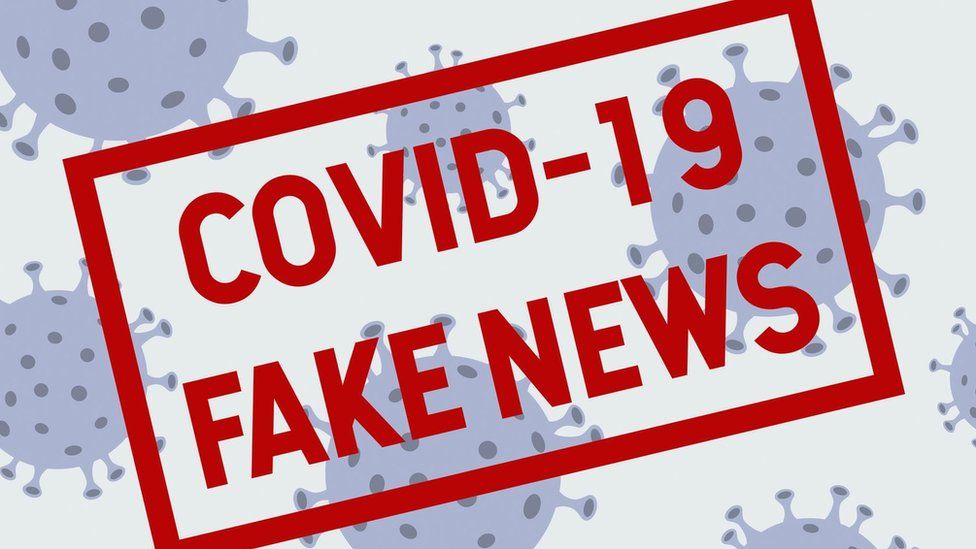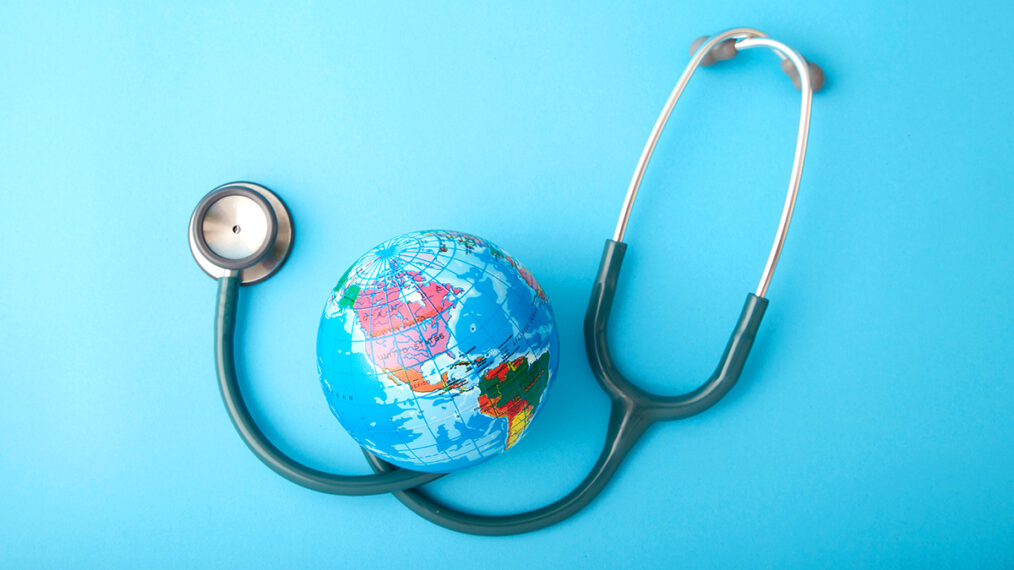According to the World Health Organization, around 18 million Covid-19 cases were reported in early August 2024, including 696,156 deaths worldwide. However, these cases and deaths have almost doubled in 2024. So, in a desperate effort to reduce the spread of Covid-19, governments everywhere have taken public intervention more seriously.
They have taken strict measures to restrict general movement and impose lockdowns, forcing everyone to stay home. But, on the other hand, they have also stepped up their testing capacities in the race to develop vaccines against such a deadly virus.
During such testing times, health promotion is playing a more critical role than ever before. Health promotion efforts to improve access to healthcare facilities and accurate information about the virus will give people more control over their overall well-being and health.
When we look at the gist of it, the field of professional healthcare practice and public health, in general, can act as a catalyst to prevent the spread of the virus while allowing people to regain control. With that in mind, let us look at how public health promotion can address the Coronavirus threat at various levels.
To improve preventing behavior amongst the population

The COVID-19 virus is dangerous, and the only way to prevent its spread is to contain it. However, changing the population’s perceptions and behavior takes time. When COVID-19 was discovered, health authorities and governments issued recommendations and warnings through various social media platforms such as Twitter, Instagram, and Facebook to spread awareness. But, many didn’t follow what authorities suggested as health authorities couldn’t estimate the seriousness of the issue.
People need to educate themselves on the adverse effects COVID-19 can have on their health. Most health practitioners registered for a masters in public health online no GRE degree to help spread awareness and highlight critical issues of society, to help speed up vaccination drives.
That said, preventative measures have their issues and consequences. For instance, social distancing can lead to other sets of problems such as loneliness and depression. In the end, education plays a critical role in this.
To empower the community
Empowering the community, whether during an earthquake, flood, or pandemic, is vital to effectively dealing with their effects on the community. One way to do so is through active risk communication. For example, the government and public healthcare authorities can work with the WHO to educate people via social media, television, radio, and billboards and guiding them on risk prevention and symptom awareness on a community level.
In the end, empowering communities means encouraging and educating the people within to adopt preventative measures for their health benefits.
To deal with misinformation

As COVID-19 continues to spread at an alarming rate, so does false information, which the WHO labels as the infodemic. After all, where there is tons of inaccurate information about the COVID-19 virus, its effects, and origins, it will be challenging to find reliable information and guidance required to interpret the information handed out.
Therefore, whether this misinformation is because of political agenda or profit, it is vital to protect the general public from inaccurate information related to COVID-19.
Scientists have to play an active role in this. They need to call out fake stories and engage with the population to counter misinformation by policymakers and improve public understanding of the pandemic.
Since social media platforms are the primary source of such misinformation, they can utilize the same approach to share correct information. Furthermore, they can provide links and share credible sources via social media such as the united states DC and WHO.
This will lead to countless lives being saved in the process.
To improve health literacy

Many organizations worldwide have emphasized health information sharing and education on COVID-19 in different ways. For instance, the World Health Organization, one of the major players during the COVID-19 outbreak, is constantly handing out information to the general public, governments, and the health sector on control practices and prevention.
Moreover, Health Education England and the US CDC disseminate educational material, including webinars, e-learning resources, and educational videos on their websites and portals.
Furthermore, studies show that improving health literacy to the public leads to a significant degree of lifestyle changes, reducing chances of COVID-19 infection. On the other hand, vide-based educational material has allowed children to remain up-to-date with the latest preventative measures such as washing hands, applying sanitizer, wearing masks, and maintaining social distance.
In the end, such public health promotion efforts have been vital to fight off the COVID-19 pandemic. And it continues to make a difference in a significant way to date.
Conclusion
In the end, while public health organizations and governments worldwide struggle to utilize various strategies, from scaling up vaccine testing to imposing lockdowns, public health promotion is one practical approach to improving the general population’s well-being and health.
Through public health promotion, they can carry out risk communication and community education at different levels to understand the seriousness and risks that the COVID-19 pandemic has on human health.
However, the main aim here is to encourage and promote behavioral changes amongst the general population to help them adopt habits that allow them to defeat COVID-19 once and for all.




